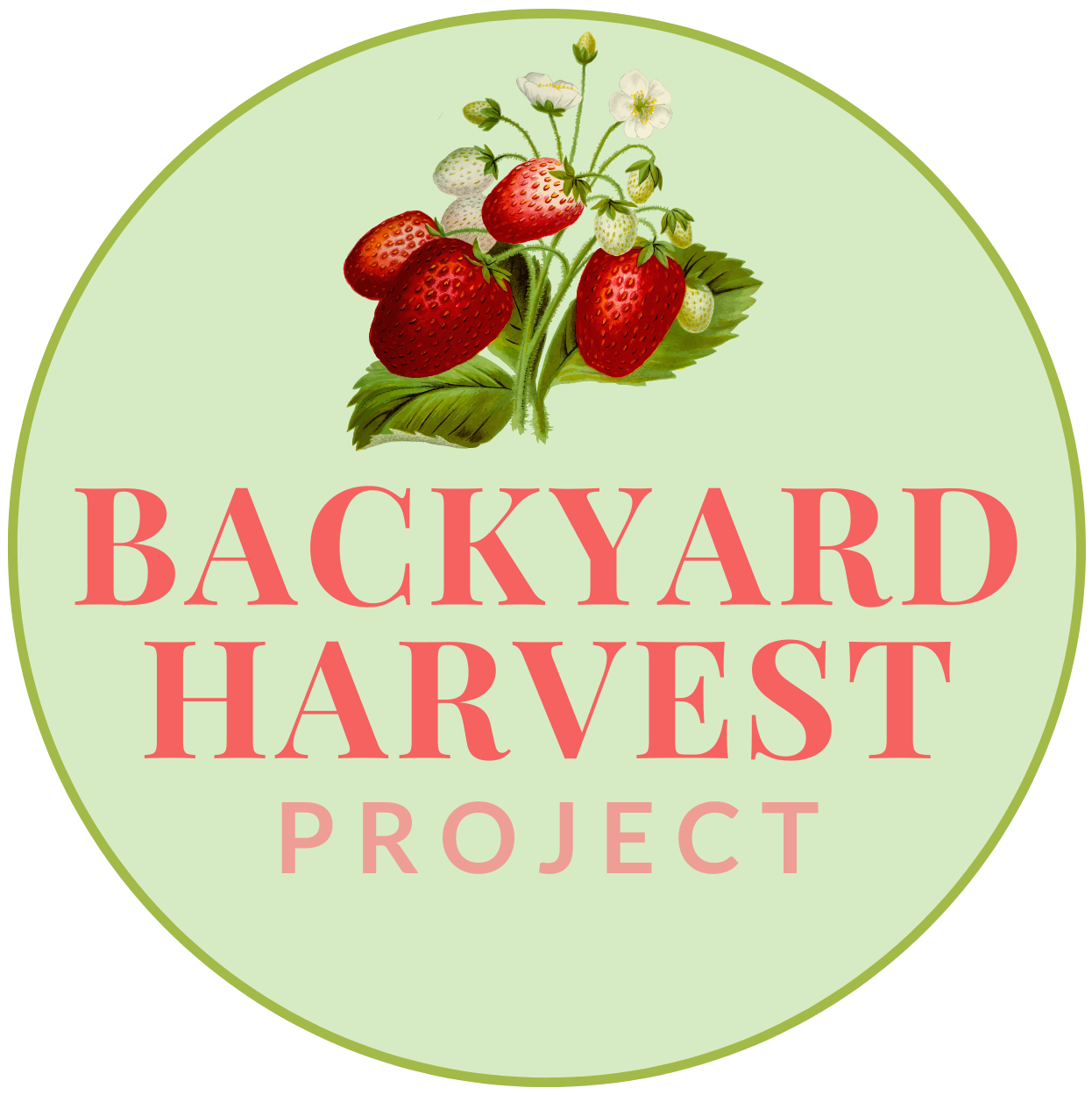When to Start Your Seeds Indoors
Each January and February there is a flurry of seed-starting spreading across Instagram. Joyful videos from gardeners discovering sprouts and pictures of cute little seedlings. Up in my Zone 3 garden, I know that starting seeds too early can cause some serious problems. So, how do you know when to start your seeds indoors?
The Last Frost Date
To know when to start a seed, you must first know your Last Frost Date (LFD). The last spring frost is a scientific guess (using averages) as to when your area will have its last frost. Varying elevations, wind, and microclimates can mean that the last spring frost date in your yard might be different from your friend in another neighbourhood in the same town. Remember, it’s not a firm date, it’s a science-y average.
Here are the dates I use for this area:
(most of) Calgary - May 11-20
Cochrane - May 21-31
Banff/Canmore - June 11 - June 20
To find your last frost date, the Farmers Alamanac is a good resource.
Pay attention to the weather station Farmer’s Almanac has assigned to your location. The frost dates for Calgary are inaccurate, as they use a weather station in a small hamlet North West of Calgary that sits in a different microclimate.
So now you know your last frost date, you can calculate when you plant your seeds. Most seed packets will indicate “seed indoors x weeks before last frost”.
The Problem with Starting Seeds Too Early
I speak from experience (lots of experience). Outdoors, plants have access to intense light from the sun, minerals and nutrients in the soil, and all the creatures in the soil food web to assist them with growing. In your house, they just have you. Manging the variables that nature manages through thousands of complex relationships isn’t easy, or cheap. The longer you have to artificially manage plant growth, the more time for problems. Not enough light, too much water, not enough water, indoor houseplant pests, pathogens in your seed starting soil, sunburn, containers that are too small…the list of possible issues goes on.
Often plants started too early are weak and leggy (leggy refers to when a plant grows longer instead of stronger because it’s reaching for light). Weak plants are far more susceptible to disease and climate damage (snapping in the wind, sunburn, not tolerating excess rain or drought). After spending all of this time nurturing these seedlings, you want them to actually live long enough to produce some food.
My Seed Starting Chart
Seed starting times are not set in stone. If you have a greenhouse, or covered spaces to grow plants, you might start some seeds earlier. You may also discover from experience that there are certain plants you don’t follow recommended start times for.
I have included seeds I start for my vegetable and herb garden, as well as a few flowers that are either edible or great at drawing pollinators. There are lots of veggies missing from this list - that’s because I direct seed them in the garden in April and May.
The weeks refer to weeks before your last frost. So if you live in Cochrane, and you want to start celery, you would start it between February 21st and March 7th.

